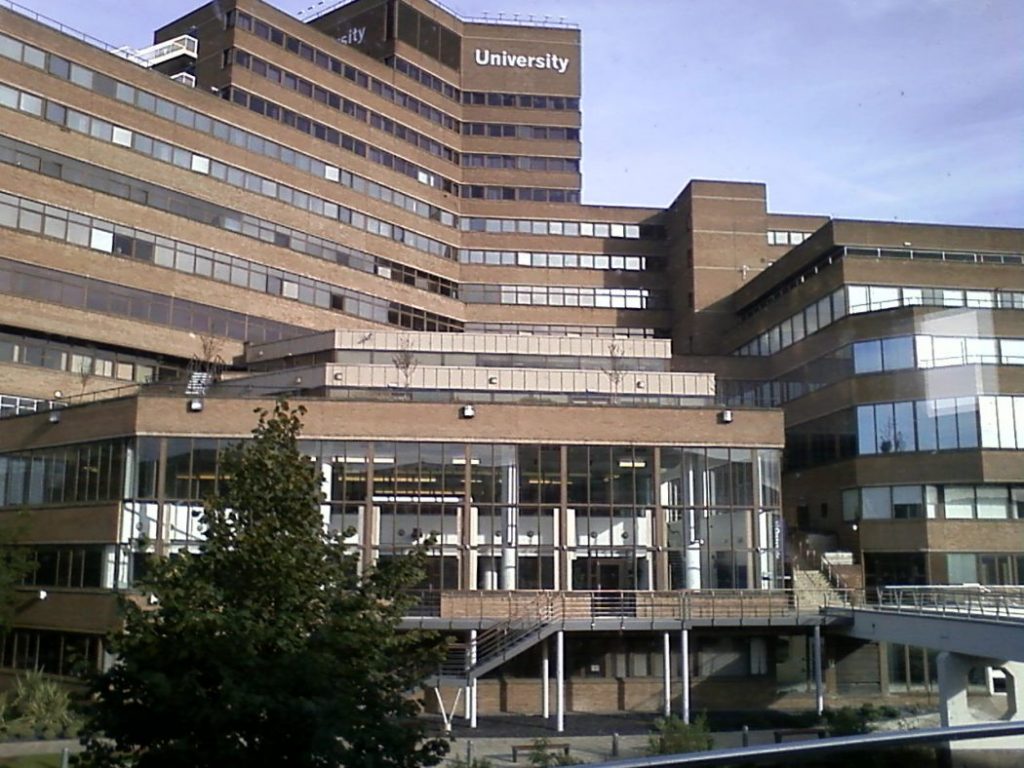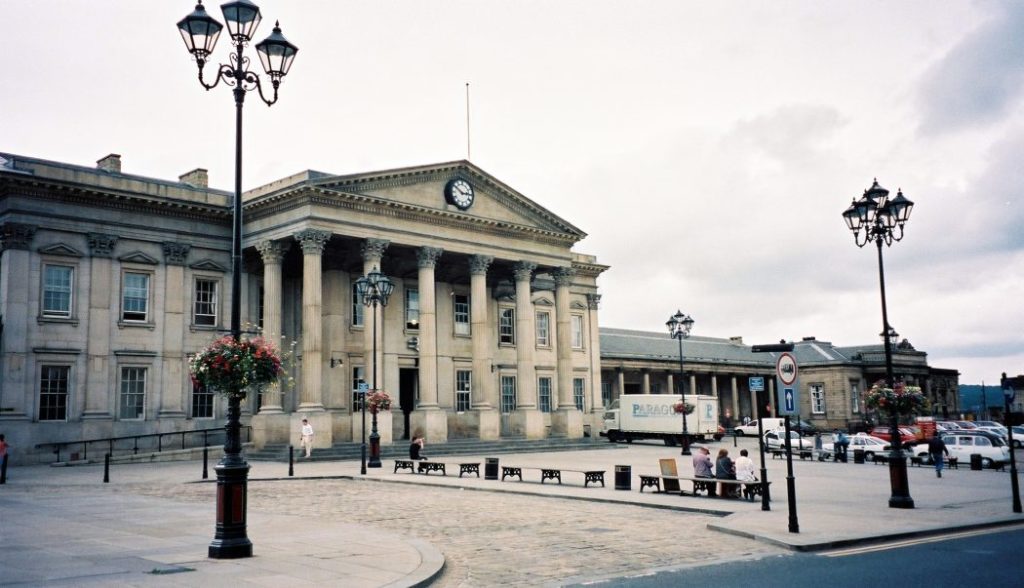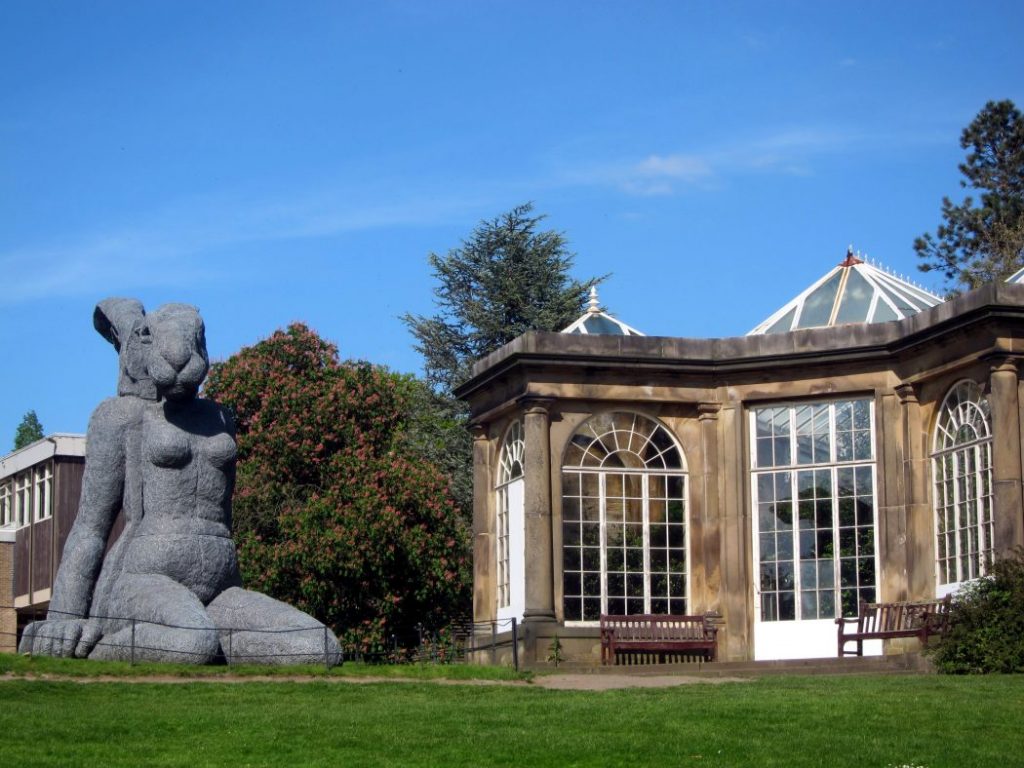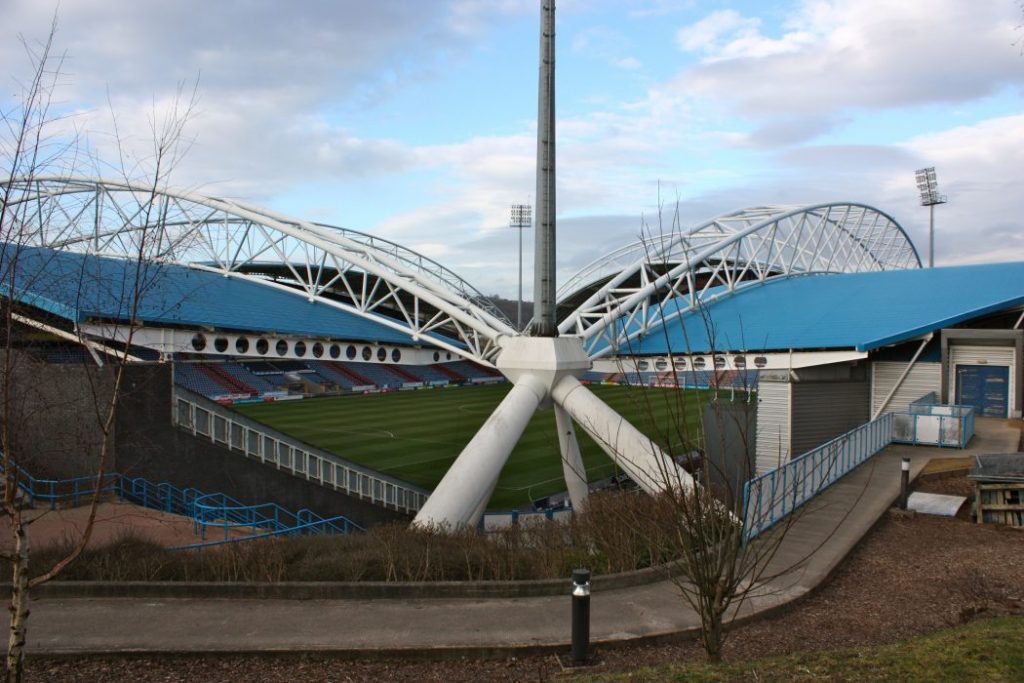A Guide to Investing in Property in Huddersfield

The UK is currently experiencing record levels of population growth, and the draw of the British Isles shows no sign of abating any time soon. Property is at a premium across many parts of the country and the government has recently announced that the amount of homes standing empty is currently at an all-time low.
The powers that be are under constant pressure to answer difficult questions about the amount of housing that we will need to be able to accommodate the growing population and it is expected that 20 per cent of the British public will be in rented accommodation within the next five years. Is it any wonder that putting money into the property investment market is still being viewed as one of the shrewdest moves that a person can make? Not really.
However, there is one question that many would-be investors ask before expanding their portfolio into property, and that is where should I be investing my money? Here, we take a look at the historic market town of Huddersfield and explore some of the reasons why we think that this part of Yorkshire offers investors a fine opportunity for growth.

Image credit: Duncan Verrall via Flickr
An overview of Huddersfield
Huddersfield is a large and well-established market town in West Yorkshire with a history that dates back some 4,000 years. It has a population of around 163,000 and is situated halfway between Manchester and Leeds with good road and rail connections to both cities.
Despite being known as a market town, Huddersfield is also home to a wealth of manufacturing plants. What was once predominantly an area synonymous with woollen textiles, Huddersfield’s manufacturing is now a far more diverse affair. While there are still a few textile manufacturers based here, such as Taylor & Lodge and C & J Antich, other, more industrial, forms of manufacturing have come to the town over recent years.
Tertiary education is catered for by the University of Huddersfield, the town’s largest single employer and an institution that dates back to 1825 when it was known as the Huddersfield Science and Mechanics Institute. The university’s chancellor is HRH The Duke of York and is regarded as one of the best higher education facilities in the country in terms of environmental performance.
Huddersfield’s local economy
Huddersfield is commonly grouped with the wider area and placed into what is known as the Leeds City Region. As such, the market town enjoys a relatively high status as one of the largest economies in the area.
The town has a good mix of big names and smaller, less corporate businesses within its boundaries and it has enjoyed considerable growth over the last decade, something that is expected to continue. The area’s overall economy is currently worth somewhere in the region of £5.75 billion, a figure that is forecast to rise by a further £2 billion (37 per cent) by 2026.
As mentioned in our overview above, Huddersfield is home to a large number of manufacturing businesses and is currently recognised as being the third largest manufacturing employment base in the whole of the country behind Birmingham and Leeds. Huddersfield’s manufacturing plants employ over 30,300 people, around a sixth of the town’s workforce. The digital sector is also well represented in Huddersfield with around 2,300 businesses from the tech and creative realms in the area.
In total, just short of 14,000 employers bring jobs and prosperity to the town and the area is often cited as being in the top 10 places in the United Kingdom for the number of residents who are in active employment.
Huddersfield regeneration
Despite already being on an economically sound footing, the local government in Huddersfield is constantly seeking to improve the area’s fortunes and look ahead to the future. Twenty-one new sites were proposed by Kirklees Council in September 2015, across which over 4,000 new homes may be built.
The recently approved £180 million development, Grimescar Valley, will bring 190 much-needed new homes to the town and a host of community benefits. Another site that is currently in development is Lindley Moor. The 7.94-hectare site is situated on the northwest edge of the town and sits on what was once agricultural land.
This new mixed-use development is set to create 252 new dwellings comprising a mixture of two, three and four bedroom houses which will be built in terrace, semi and detached formats. Transport improvements have been promised as part of the site’s regeneration and there has also been a significant contribution made to help fund the additional school places that the local area will need once building has been completed.
Then, there is the regeneration of sites such as the historic Newsome Mills that are also looking to breathe new life into the town. The former industrial giant is a listed building that is recognised by the Victorian Society and is sure to become a much sought after address once work has been completed.

Image credit: Tim Green via Flickr
A total of 48 apartments within the mill and 20 houses on grounds to the rear of the existing building have been proposed. This, and other projects springing up across the town, will undoubtedly bring a higher standard of residential accommodation to the area, bringing with it further growth and prosperity.
From the commercial sector, there is the redevelopment of one of Huddersfield’s landmark buildings, St George’s Quarter. The former railway warehouse is now set to become the town’s most iconic office space after what has been a rocky road after the global recession of 2007/08. The new development, which will also include a conference hall and exhibition rooms amongst other facilities, is being eagerly anticipated by local businesses and the hope is that it will spawn further regeneration of the area. The centrally located site’s plans also include a brand-new section of the existing underground walkway that will connect the building to the centre of town.
Another commercial property development of note is Park Valley Mills in Lockwood. This recently completed 13-acre site is home to 18 brand-new industrial units spanning 6,000 sq ft, all equipped with office and storage space. The demand for such space is high in the area, and each of the 18 units have already been let. This vote of confidence in redeveloping old sites into new business areas is sure to attract greater attention from investors which, in turn, will further bolster Huddersfield’s local economy.
Transport to and from Huddersfield
Huddersfield is an extremely well connected town that is served by both the M1 and M62 motorways. These two roads give the town access to all four points on the map, with the M1 running north to south and the M62 providing east to west connections. The M1 can be joined around 10 miles to the east of town while the M62 is just a short 2.5-mile drive to the north.
There is also a ring road that surrounds the town, providing traffic relief for the town centre itself where a lot of the roads are now pedestrianised. The road, part of the A62, was built in the 1970s and is a well-established route around town, forming the boundary that defines Huddersfield’s central business district.
The town is also well served by rail. Huddersfield railway station has a number of regional and national travel options on offer, but it is lacking a direct link to London. However, passengers are easily able to make a journey to the capital via either Leeds, Manchester Piccadilly, Mirfield or Wakefield Westgate. Locally, the rail network links Huddersfield with all of the main northern cities, including Liverpool, Sheffield, Leeds, Hull, Newcastle upon Tyne, York and Middlesbrough.

Image credit: James Cridland via Flickr
Huddersfield bus station is the main hub for the town’s bus service, a very popular way to get about town. In fact, it has a daily footfall of around 35,000 passengers, making it the busiest bus terminal in the whole of West Yorkshire. Huddersfield also boasts a completely free bus service, aptly named the Free Town Bus, which gives locals and visitors alike a zero-fare way to get around the town centre.
Local life
Huddersfield residents often describe the town as having the best of both worlds available to them. Situated as it is in the heart of some of the finest countryside that Britain has to offer, the historic market town gives those who wish to get back to nature the opportunity to do so. However, for those who like to indulge in all that urban life has to offer, Huddersfield stacks up pretty well in that regard, too.
As you would expect from a place steeped in 4,000 years’ worth of history, the town also has a multitude of cultural experiences on offer. The National Coal Mining Museum is based in between Huddersfield and Wakefield and gives visitors the opportunity to remember just how important the industry was to Britain’s growth, especially during the industrial revolution.
If you prefer to keep things above ground, then the West Yorkshire Sculpture Park may be of more interest to you. Permanent displays from the likes of Barbara Hepworth and Henry Moore are joined by an ever rotating programme of visiting exhibitions and displays. Huddersfield’s classic architecture also draws visitors from local cities and beyond, and Victorian buildings such as the local town hall and train station are spoken of with great pride and affection by the locals.

Image credit: Monica via Flickr
Foodies have a surprising amount of options available to them in town, with a smorgasbord of cuisines just waiting to be sampled. While there are plenty of chain restaurants here, there are also a lot of very good independent eateries, too. Thai Sakon, Eric’s, Parky’s Bistro and Apadana are firm favourites of those in the know.
The Lawrence Batley Theatre provides the people of Huddersfield with live entertainment, from shows to plays, comedies to concerts, the LBT has a lot going on throughout the year. For anyone who wants to don their dancing shoes, the town’s two nightclubs are always ready to welcome you. Tokyo and Camel Club offer different themes on different nights, so there really is something for everyone here.
Live music is well catered for in Huddersfield as there are several bars and pubs that also have bands playing in them. The four main places to spot new and established acts are The Parish, Five Bar, Rhubarb and The Rock Café. Standard bars and pubs are plentiful too, so visitors and residents are never short of a good night out in Huddersfield.
Sport also plays a huge part in Huddersfield’s local life, with football and rugby league being the two main protagonists. Huddersfield was actually the birthplace of rugby league, and it is home to a number of clubs including the Huddersfield Giants whose history dates back to 1864. Huddersfield Town F.C. are the main football club for the town and they have the honour of being known as the very first club to ever win the league championship three times in a row, something that has only ever been done by four clubs in the history of Association Football.
So, why invest in Huddersfield property?
As part of the Leeds City Region, Huddersfield offers investors in all areas of the property market a unique opportunity to potentially enjoy big city benefits in a medium-sized market town. The property market in the town has been buoyant for some time, but there is still plenty of room for investment here.
A lot of people are now looking to Huddersfield as an easy commuting town for the bigger cities that surround it. Leeds and its huge financial district are under 20 minutes away by train; Manchester is just 35 minutes away; and Liverpool and Sheffield can be reached in a little over an hour. This connectivity is bringing people into the town and, with all of the local regeneration happening, more and more businesses are starting to see the potential that Huddersfield has as well.

Image credit: Neil Turner via Flickr
Huddersfield is a town that is attracting interest not only from domestic investors, but also from overseas. We believe that this part of West Yorkshire is in good shape, and the current move towards further regeneration of the area can only mean that the town is heading in the right direction.
Want to know more? You might find The Advantages to Buying Off-Plan Investments and A Guide to Buy-To-Let Investments interesting.
Contact us for advice, help or to start your property investment journey.

